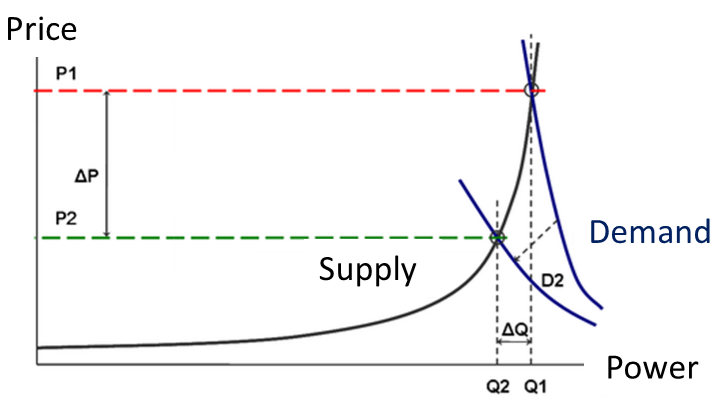Overview
The Demand-side Management project is a major project in the Smart Grid subprogram of the Advanced Digital Sciences Center (ADSC). The goal of the project is to design foundational smart grid mechanisms and technologies to enable demand response, i.e., the scheduling and control of user load.
MotivationAchieving effective demand response is crucial to the success of the smart grid. If demand response can be widely adopted, users will save money on electricity and society as a whole will conserve and use less electricity. Taming peak usage can reduce the probability of overload and lead to a more stable power grid with fewer blackouts. More flexibility in load control can facilitate the adoption of intermittent green energy sources for a cleaner society. |
 |
|
ObjectivesOur research focuses on the following two directions: 1) Effective, people-centric demand response mechanisms for aggregators: the goal of this part of our project is to make demand response – either through direct load control/scheduling or dynamic electricity pricing – effective for system operators, and appealing for end-users. Our aim is to design fully online load control algorithms that are efficient, so that they can reduce electricity cost or react to unpredictable green energy sources in dynamic environments. We also aim to design novel electricity pricing schemes that naturally align user consumption behavior with system reliability and cost saving objectives. 2) Technologies to enable end users: the goal of this part of our project is to create user-friendly and low-cost system solutions that can help users better understand and control their electricity usage. ChallengesThe challenges in achieving this vision are multi-fold: There is a large set of self-interested, heterogeneous, but interdependent market players. It is unclear how to make demand response intuitive and relevant enough for adoption by ordinary consumers, while being flexible and robust enough to accommodate a wide spectrum of needs, preferences, and dynamics. It is also unclear how large-scale load control will affect the stability of the power system, given its stringent inherent physical constraints. In addition, making the end-user technologies low-cost and easy-to-install while still providing a rich set of desirable features (e.g., accurate and fine-grained electricity usage information) posts multiple non-trivial technological challenges. |
||
ResultsWe have made the following contributions:
For more information on our ongoing work, please refer to our subprojects page. Synergy and CollaborationsIn our research, we actively collaborate with other projects at ADSC and external partners to leverage synergies. In particular, we closely interact with the following projects at ADSC:
We are also actively collaborating with peer research institutes, industry partners, and universities, including: Institute for Infocomm Research (I2R), Korea Electronic Technology Institute (KETI), SAP Research, IntelliSys, and SUTD. |
||